This is part one of a four-part series. Read part two here.
Pushing 100 miles per hour on Interstate 8 westbound, Jesús Manuel Saldaña Rocha dialed his girlfriend in a panic – it was the last call he ever made.
“I’m shaking so much. I’m scared,” he told Amairani Rodriguez over the phone as his car barreled down the freeway. The United States Border Patrol was chasing him. He said he didn’t know why.
Police records show Border Patrol agents tried to pull over Saldaña Rocha, and when he didn’t stop, they sped after him. Nearly 20 minutes and 30 miles later, his white Infiniti swerved into the freeway embankment, striking two trees before it was sent airborne, spinning and finally colliding with a third tree.
“Then the call just went silent. And I remember screaming his name through the phone,” Rodriguez said. “And then I didn't hear anything from him until I heard the (police) radios.”
Saldaña Rocha, a 19-year-old U.S. citizen with no criminal record aside from a ticket for street racing, died at the scene from multiple blunt force injuries. A search by authorities for additional crash victims at the scene turned up empty. The trunk contained only a soccer bag.
Border Patrol’s overseeing agency, U.S. Customs and Border Protection, or CBP, has repeatedly refused to say why they tried to pull over and then chase Saldaña Rocha. The agency has only stated that its internal affairs unit reviewed the death and reported it to Congress as required.
But internal records obtained from CBP, though redacted, indicate only one violation: failing to yield when agents tried to pull him over.
Border Patrol also claims that its agents stopped chasing Saldaña Rocha before he crashed and died. An investigative report from the California Highway Patrol says otherwise.
In the nearly 18 months since his death, the family’s grief has at times turned to frustration as it struggles to move on without answers to burning questions: Why did agents decide to pursue Saldaña Rocha? Why did they suspect criminal activity? And why did he flee?
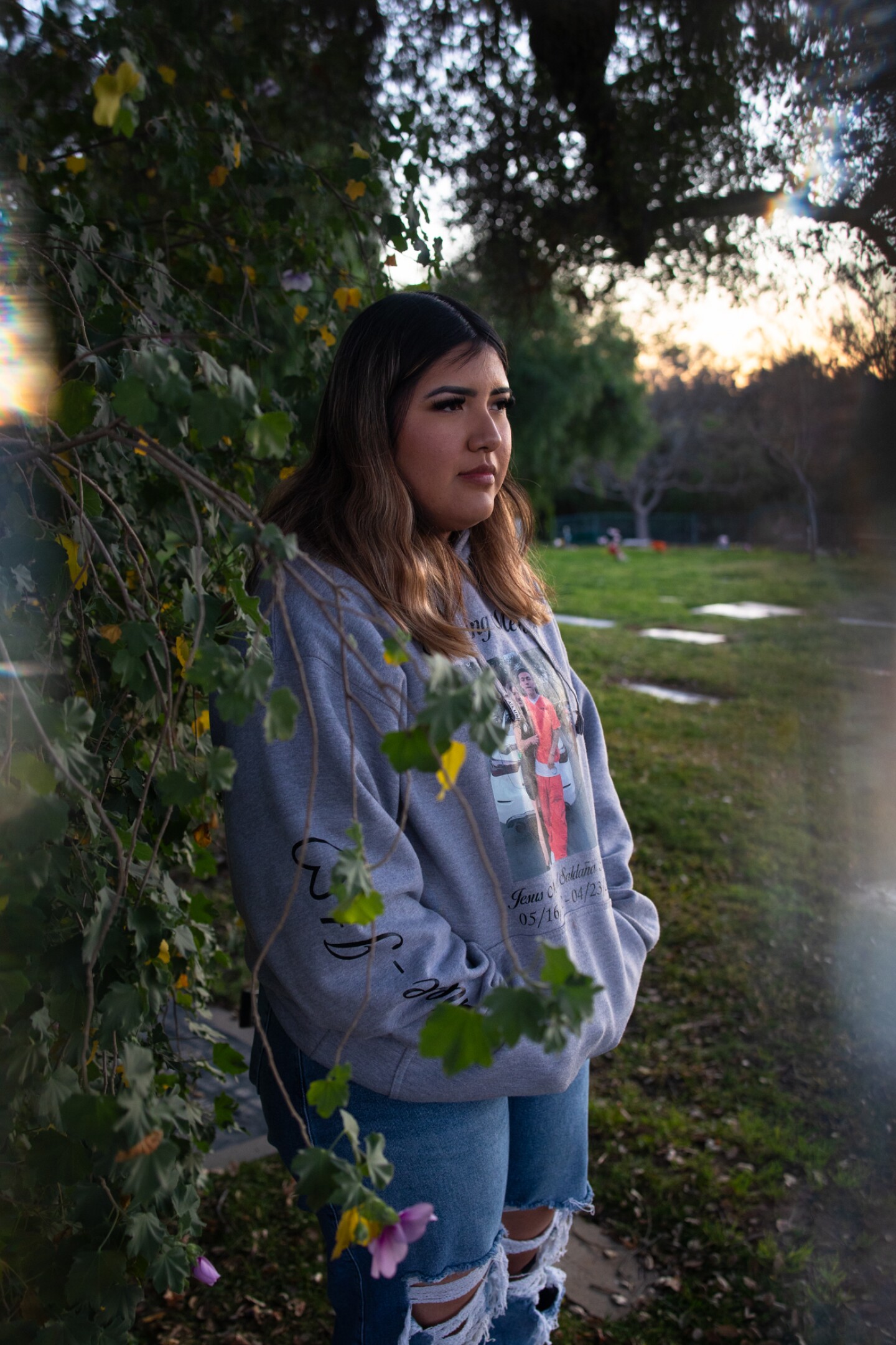
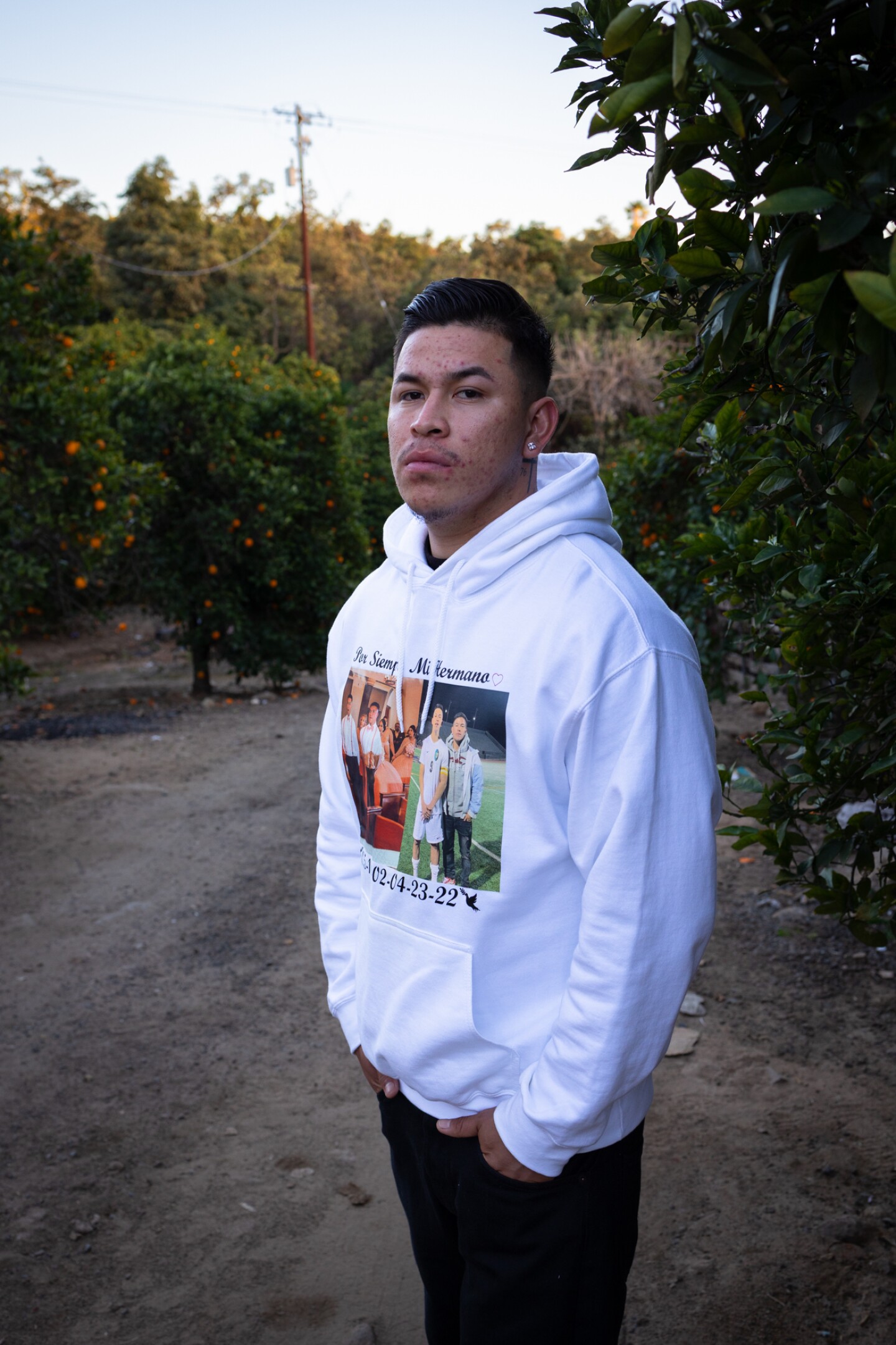
"We only want justice, if he was wrong or whatever it was. Or if there's something we don't know and it happened because of that. That's what we want," the brother, Jose Saldaña Rocha, said in Spanish.
Saldaña Rocha is the 11th person to die during a car chase with Border Patrol in San Diego County since 2017, according to local news reports.
More details from CBP could answer urgent questions about how and when agents decide to pull over drivers and engage in vehicle pursuits – one of the deadliest border enforcement strategies – within the agency’s enforcement zone, where two-thirds of the U.S. population resides.
“Without any of that information, without any of that transparency, the public has no way to know whether the agency is taking seriously its responsibility to protect public safety,” according to Rebecca Sheff, a senior staff attorney with the American Civil Liberties Union in New Mexico.
More details could also help give closure to a grieving family.
“We hope we can know what happened. That they give us answers to our questions. God willing,” said a family member close to Saldaña Rocha, who did not want to be named.
The chase
Nearly 20 minutes and 30 miles spanned between the time Border Patrol agents started chasing Saldaña Rocha and when he crashed into an embankment off I-8 in El Cajon.
Through a Freedom of Information Act records request, inewsource obtained Border Patrol’s call log for the incident and eight memos written by agents involved that day. Those documents are heavily redacted. CBP defended those redactions, saying the disclosure of the information could lead to “circumvention of the law.”
Border Patrol claimed to have terminated the chase well before Saldaña Rocha crashed, and one document even described the chase as a “pursuit without injuries.” But documents from other agencies obtained by inewsource tell a different story.
inewsource reconstructed a timeline of the crash, which happened on a Saturday afternoon in April 2022, based on records from Border Patrol, California Highway Patrol, or CHP, and the El Cajon police and fire departments. They show:
Border Patrol started pursuing Saldaña Rocha near Pine Valley, first spotting his car around 2:40 p.m.
The rural, sparsely populated area has a strong Border Patrol presence with a checkpoint on the westbound I-8 and the agency’s nearby Campo station.
Border Patrol agents ran a check on Saldaña Rocha’s license plate and tried to pull him over for reasons not stated, but he didn’t stop, and the chase ensued.
An agent at the checkpoint deployed a spike strip, a device meant to deflate the tires of a fleeing suspect’s car, but said it did not make contact with the Infiniti.
Saldaña Rocha called his girlfriend, Rodriguez, sometime between 2:40 p.m. and 2:45 p.m., during the chase. Rodriguez said he was talking fast: At first he saw an “undercover cop” following him and then Border Patrol chasing him. At some point he saw the spike strip thrown at his car.
At 2:47 p.m., just three minutes after the pursuit began, agents lost sight of the Infiniti and a supervisor ordered the pursuit terminated, according to Border Patrol reports.
But agents kept eyes on Saldaña Rocha. In the seven minutes before he crashed, at least four agents reported seeing his car on I-8.
Witnesses who were driving on the I-8 said Saldaña Rocha was traveling between 90 to over 100 miles per hour. One described him as “rapidly overtaking traffic,” and another said he nearly clipped her vehicle as he “jerked back,” cutting across freeway lanes.
For a moment Saldaña Rocha thought he lost them, Rodriguez recalled him telling her over the phone. Suddenly, he saw Border Patrol waiting for him “on the side.” Those were his last words.
At that moment, Saldaña Rocha may have seen an agent who reported seeing his Infiniti at the Los Coches Road exit. The agent started following Saldaña Rocha, trying to catch up, without turning on his lights and sirens.
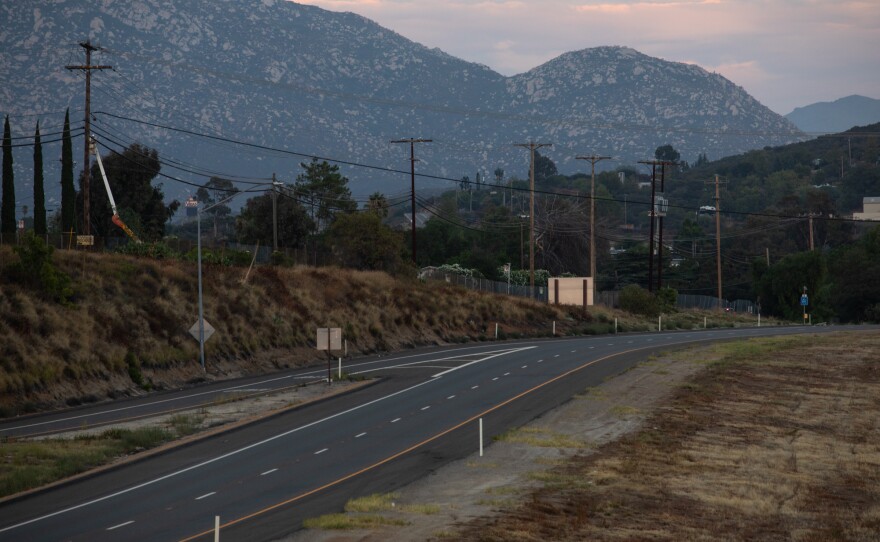
But the agent lost sight when the Infiniti veered onto the right shoulder at Second Street. That was at 3:03 p.m.
Within the same minute, CHP received a 911 call reporting that a white sedan had just crashed on I-8 westbound at the Mollison Avenue exit – less than a mile from where Saldaña Rocha was just seen.
As first responders rushed to the scene, CHP notified Border Patrol about the crash. The Border Patrol official who received the message seemed not to have known about the crash prior.
Several witnesses said Border Patrol sped by immediately after the crash without stopping and possibly without seeing it.
One caller told 911 that “Border Patrol went flying by chasing him, but he went off and they didn’t see him go off.” Another witness later told CHP that Border Patrol was “without a doubt” chasing Saldaña Rocha when he crashed.
Even a CHP officer saw a Border Patrol unit “with full code 3 red and blue lights activated” traveling on I-8 after Saldaña Rocha crashed.
Brian Pennings, a public information sergeant with CHP’s Border Division, said it is “not uncommon to have conflicting opinions and statements” about a crash, but that whether or not Border Patrol was chasing Saldaña Rocha is irrelevant to the purpose of their investigation.
“Our job is to document the facts and find out the cause of the collision,” Pennings said.
CHP’s report found that Saldaña Rocha’s dangerous driving violated state law, endangered others on the road and threatened property. The report’s conclusion, which was based on witness statements, physical evidence, vehicle damage and injuries, also found that Border Patrol agents “were actively pursuing” Saldaña Rocha.
CHP, El Cajon police and fire and Border Patrol personnel searched the scene, underneath the car and the surrounding area for “additional victims.” CHP’s call log noted “(possible) ejections” and “(possibly) someone in the trunk trying to get him out.”
But the passenger seat airbag never deployed, indicating no one was sitting beside Saldaña Rocha when he crashed, and the trunk contained only his soccer bag.
By 3:11 p.m., medics on the scene declared Saldaña Rocha dead. Soon after, Border Patrol agents were “refusing to give statements” to CHP officers at the scene who were responsible for investigating the crash.
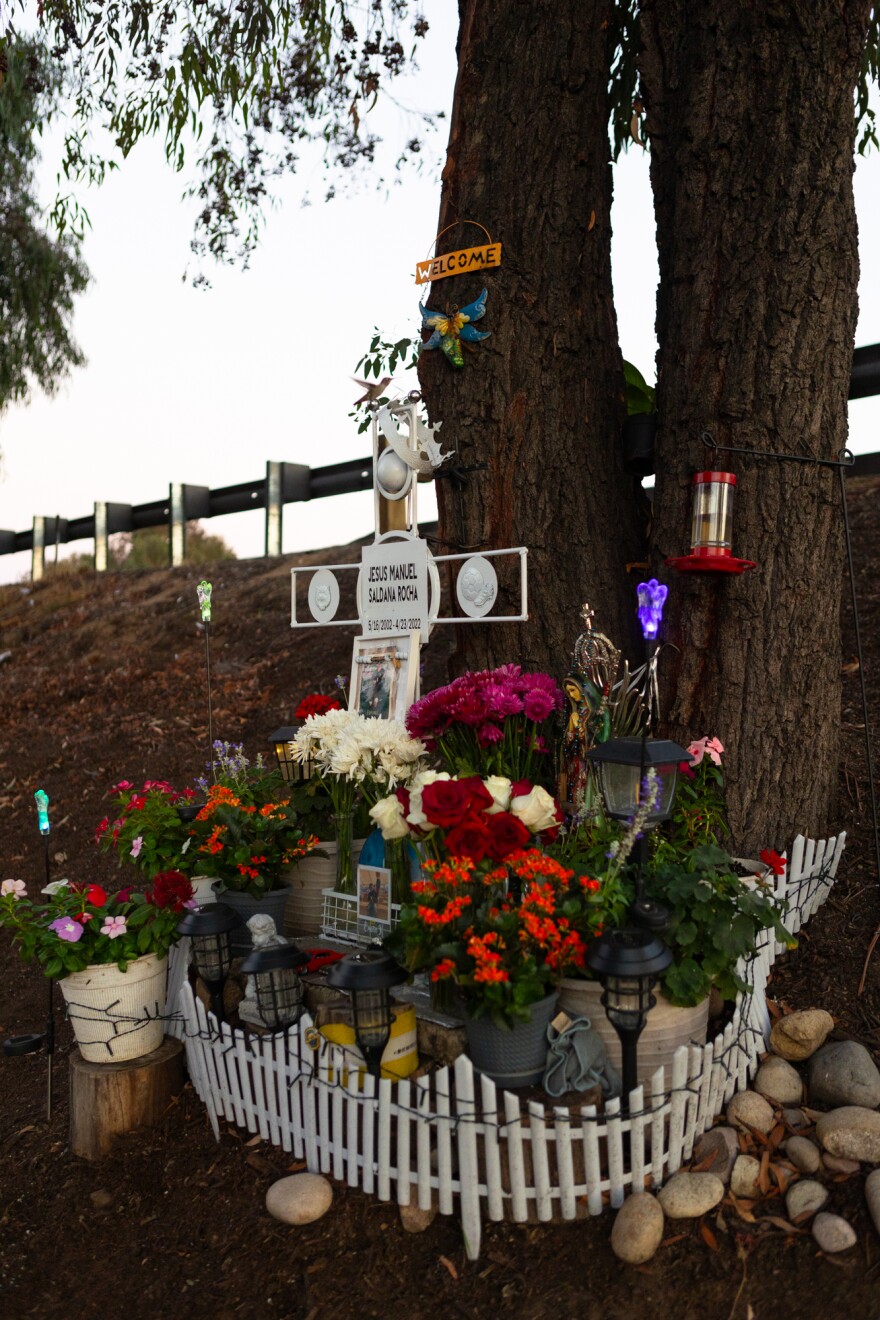
A report from the San Diego County Medical Examiner’s Department found no signs of alcohol or illicit drugs in or near the vehicle, and Saldaña Rocha’s toxicology report came back negative.
In hindsight, Rodriguez, also 19 at the time of the crash, said she doesn’t know why she didn’t tell her boyfriend to pull over.
“It just happened so fast,” she said. “I didn’t think about it.”
‘Thousands of questions and zero answers’
Saldaña Rocha’s room at his parents’ home in Pauma Valley looks just as it did the day he died – his soccer bag and hat still sit on his bed, and trophies adorn the wall.
His family – like his room – has been frozen in time since the crash. Too many unanswered questions and silence from the agencies involved has only deepened their suspicion and frustration.
"What happened? How did it happen? Why did it happen?" said the family member close to Saldaña Rocha.. "There are thousands of questions and zero answers."
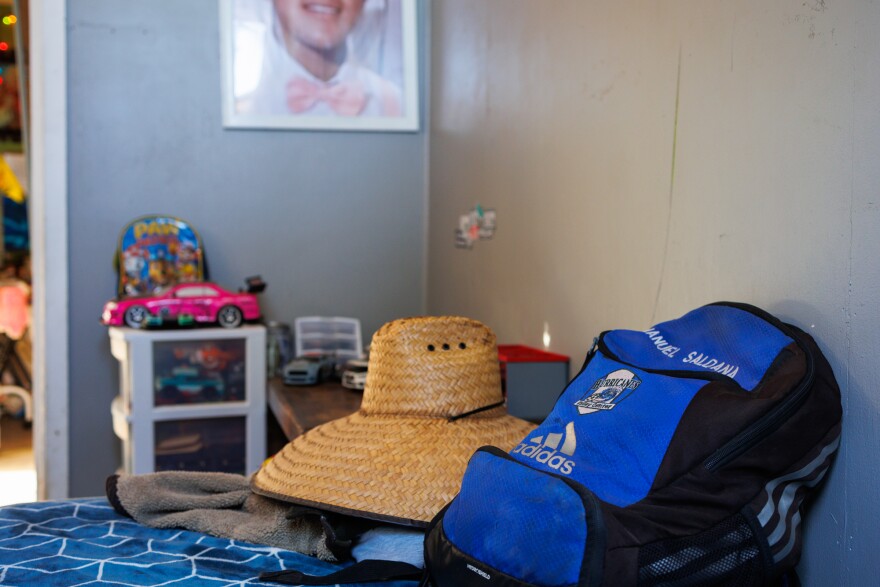
Beyond the family’s grief, CBP’s silence also raises questions about whether agents followed department policy and the law in attempting to pull over Saldaña Rocha and then chasing him.
To pull over a driver, Border Patrol agents, like all law enforcement officers, need to have reasonable suspicion, or “an objective reason to suspect” criminal activity. Border Patrol’s jurisdiction is limited to immigration or other federal offenses.
But according to Eva Bitran, a staff attorney with the ACLU of Southern California, agents commonly use race or otherwise cite insufficient reasons – including not making eye contact with the agent – for pulling drivers over.
That assessment is based on hundreds of arrest reports from CBP which Bitran’s team reviewed, and the practice runs afoul of Fourth Amendment protections meant to prevent arbitrary searches and seizures, she said.
CBP has refused to answer questions about their basis for reasonable suspicion to pull over Saldaña Rocha. And its internal records point only to Saldaña Rocha’s failure to yield.
An agency form for vehicle pursuits included a checkbox of options to indicate the “suspect’s activity.” In the form for Saldaña Rocha’s chase, agents checked only the box for failure to yield, leaving options for smuggling drugs or people, along with several other possible offenses, unchecked.
Only one record from CHP suggests something else. A line in CHP’s call log from the incident notes that Saldaña Rocha was suspected of “illegal smuggling.” But Pennings, CHP’s public information sergeant, could not confirm where that information came from. He said sometimes dispatchers get bad information from callers or make assumptions when they receive calls relating to Border Patrol.
None of the documents obtained by inewsource make additional reference to smuggling nor do they show that law enforcement found evidence at the scene to confirm Saldaña Rocha was involved in smuggling.
There could be legitimate motives for withholding the reason why agents tried to pull Saldaña Rocha over, but without hearing from the agency, it’s difficult to know, Bitran said.
Still, the agency could do more to show the public they’re playing by the rules – their own policies and the law, according to Sheff, the attorney with the ACLU of New Mexico.
“The lack of transparency here, the lack of the agency being forthcoming about what happened, what investigations have uncovered and what steps might be taken to ensure accountability for any misconduct is really egregious,” Sheff said.
CHP’s crash investigation, the only investigative report on Saldaña Rocha’s death made public so far, doesn’t answer the family’s most pressing questions. It raises more.
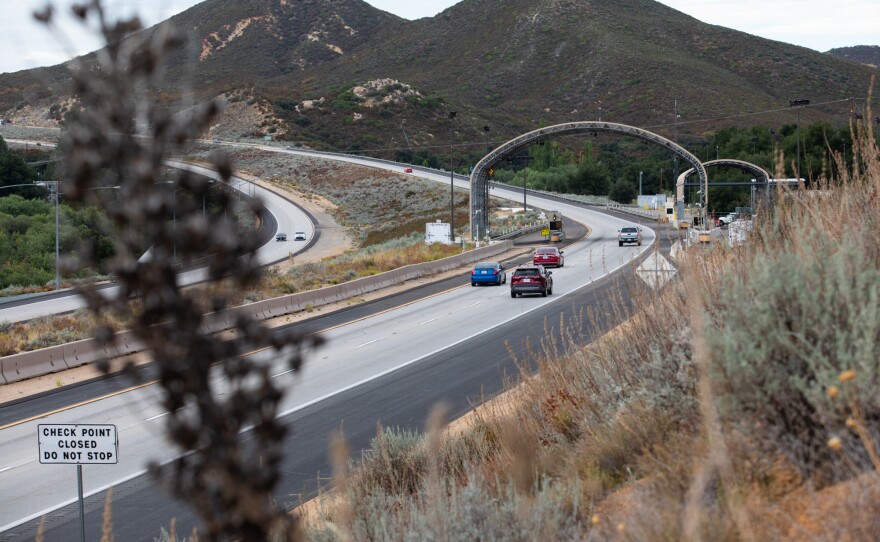
The report leaves out that agents tried to use a spike strip to stop his car.
A witness of the crash told CHP that Border Patrol asked to meet at a Starbucks but never showed up.
The family never recovered Saldaña Rocha’s phone from his car, and were told the state didn’t have it.
"What the family wants to know is that if he was doing bad things, that they give us evidence that he was doing something bad,” another family member close to Saldaña Rocha said.
Saldaña Rocha’s older brother was the first in the family to learn he’d died that day.
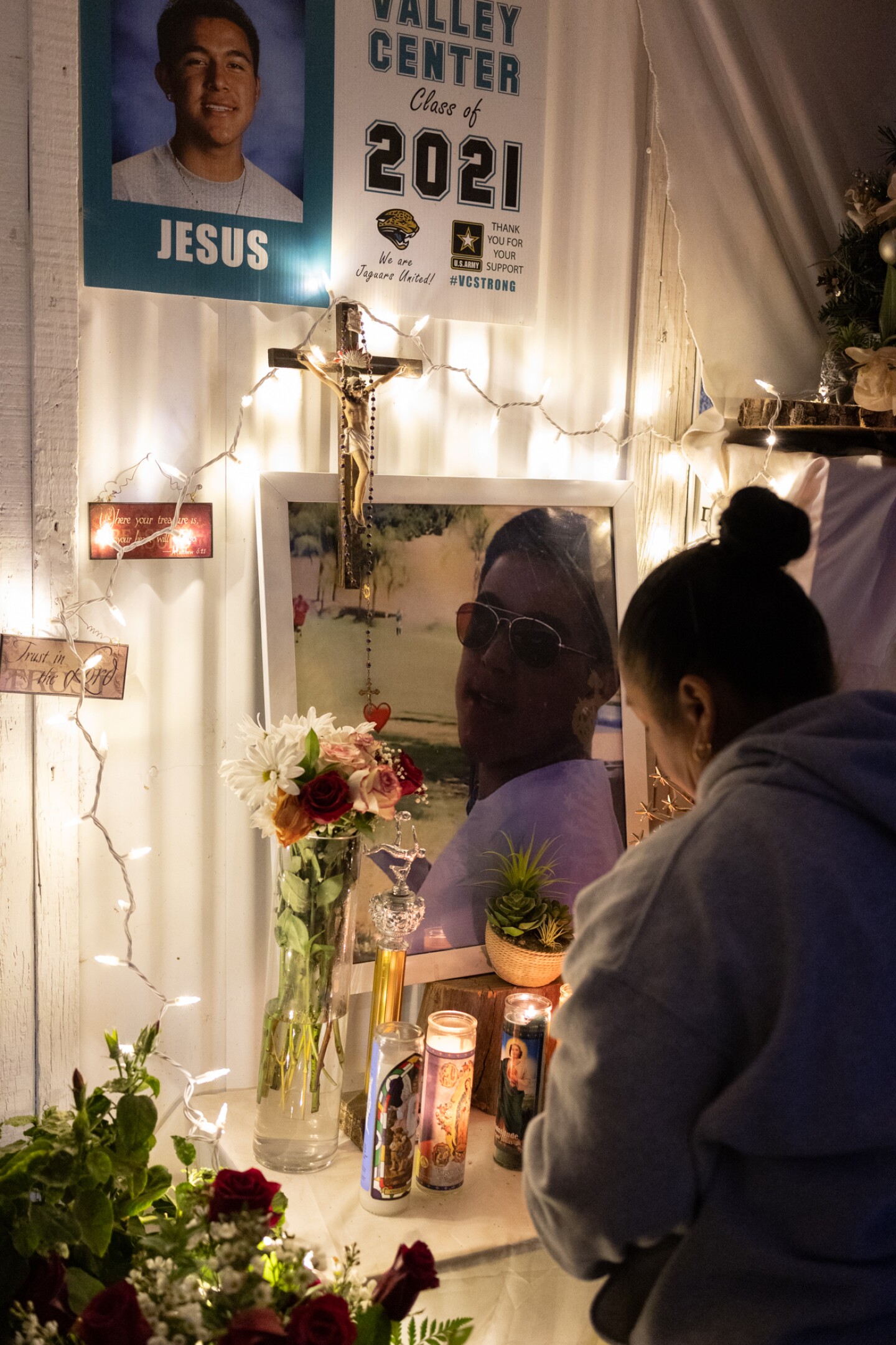
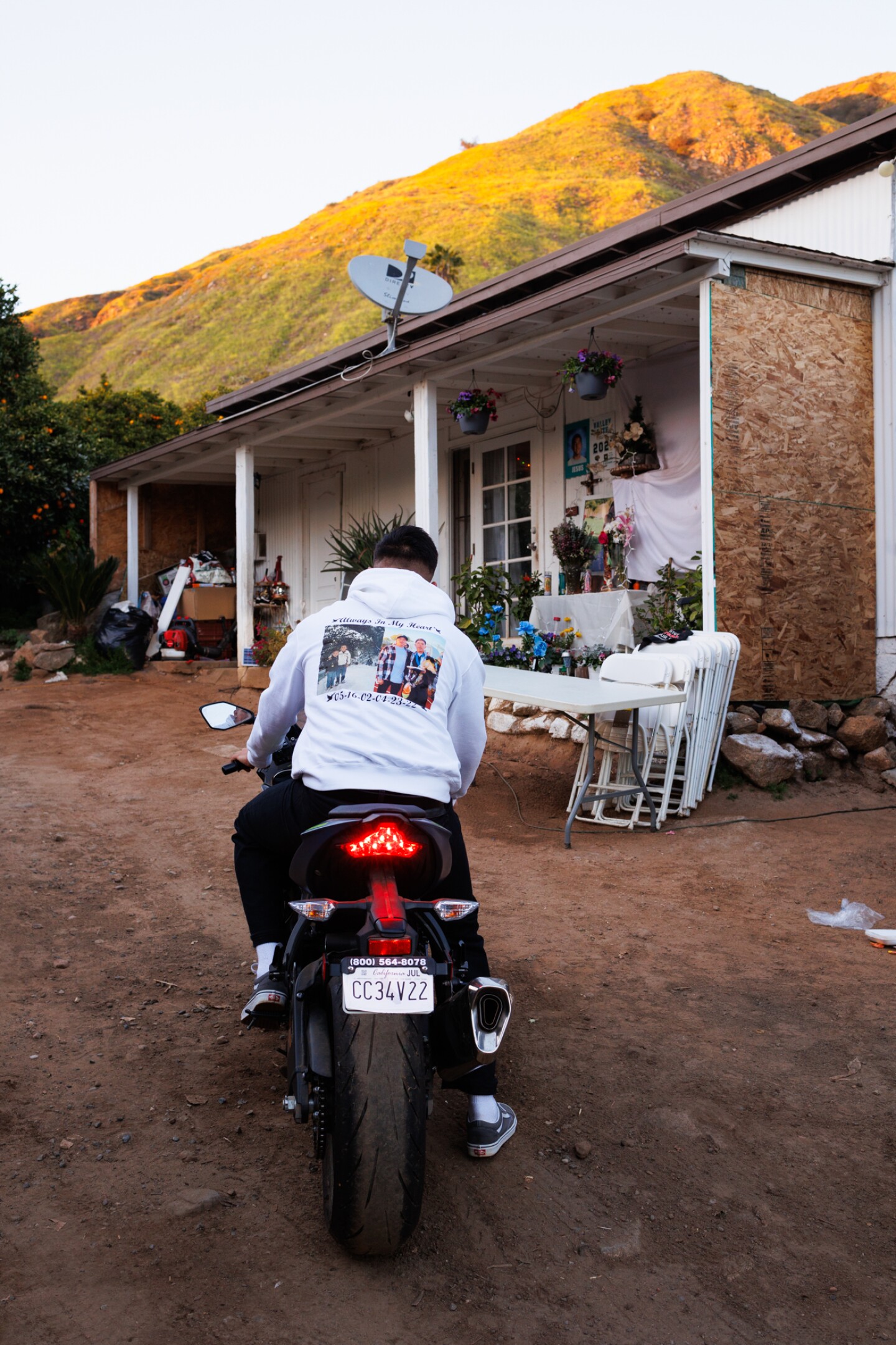
Jose Saldaña Rocha and his uncle went looking for him after hearing about the chase from Rodriguez. The brother drove for an hour with his uncle in the passenger seat searching online for crashes. Then they passed a collision on I-8.
“I knew that was definitely him. And if he wasn't responding, it's because obviously something happened to him,” he said.
By that time, Border Patrol agents had left the scene. A CHP officer interviewed the brother, asking about Saldaña Rocha’s state of mind and whereabouts that day.
It started like any Saturday, he remembered. They went to work early in the morning, returned home around noon and Saldaña Rocha left between 1:30 p.m. and 2 p.m. without saying where he was going. They planned to meet in Escondido later that day to play volleyball.
Instead, Jose Saldaña Rocha watched a tow truck pull his brother’s car from the embankment. Medics had already taken his body away.
“I thought about everything else except for that. I didn't think about that for one second. I was like, nah, he's fine. He's good.”








